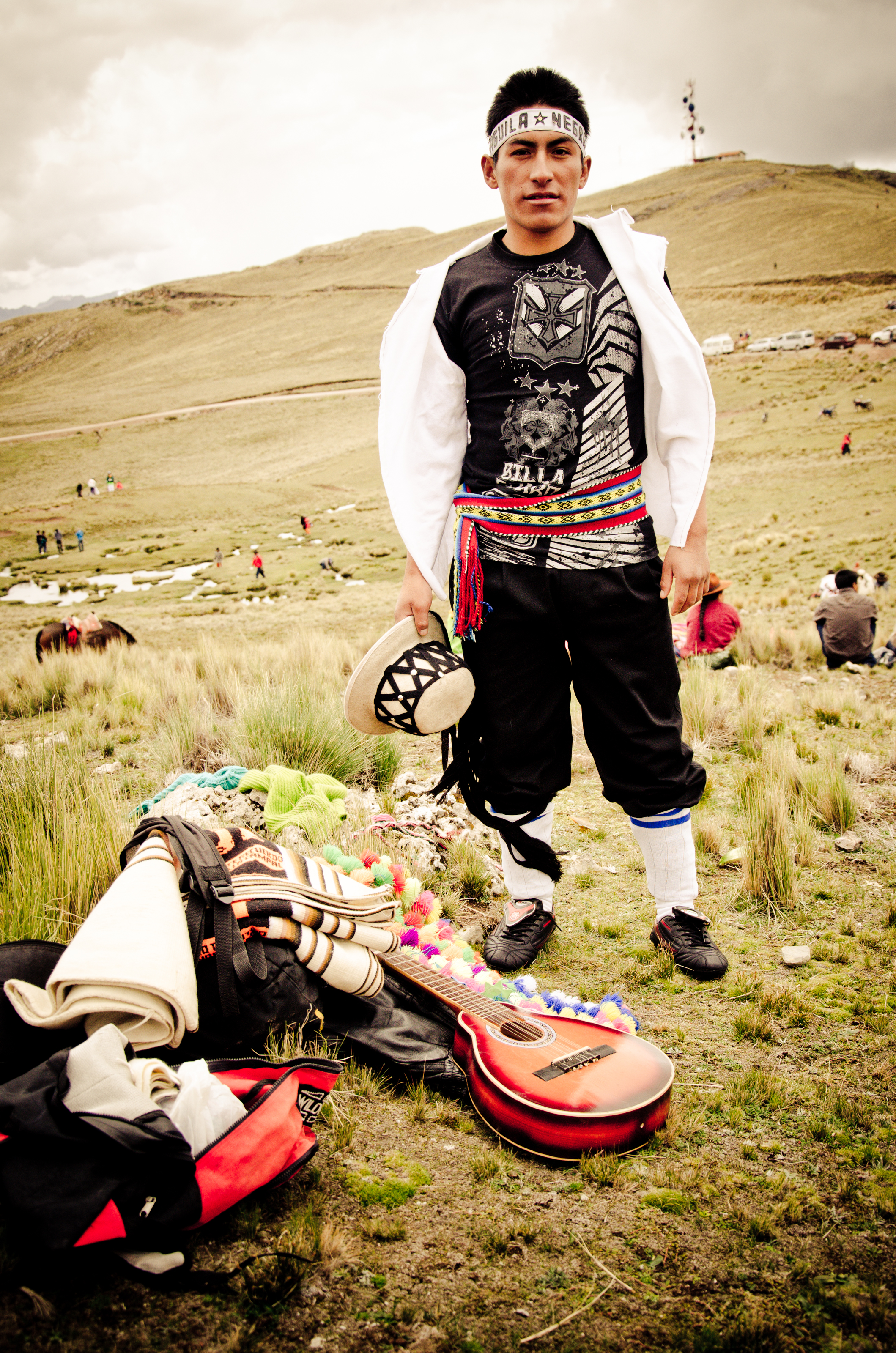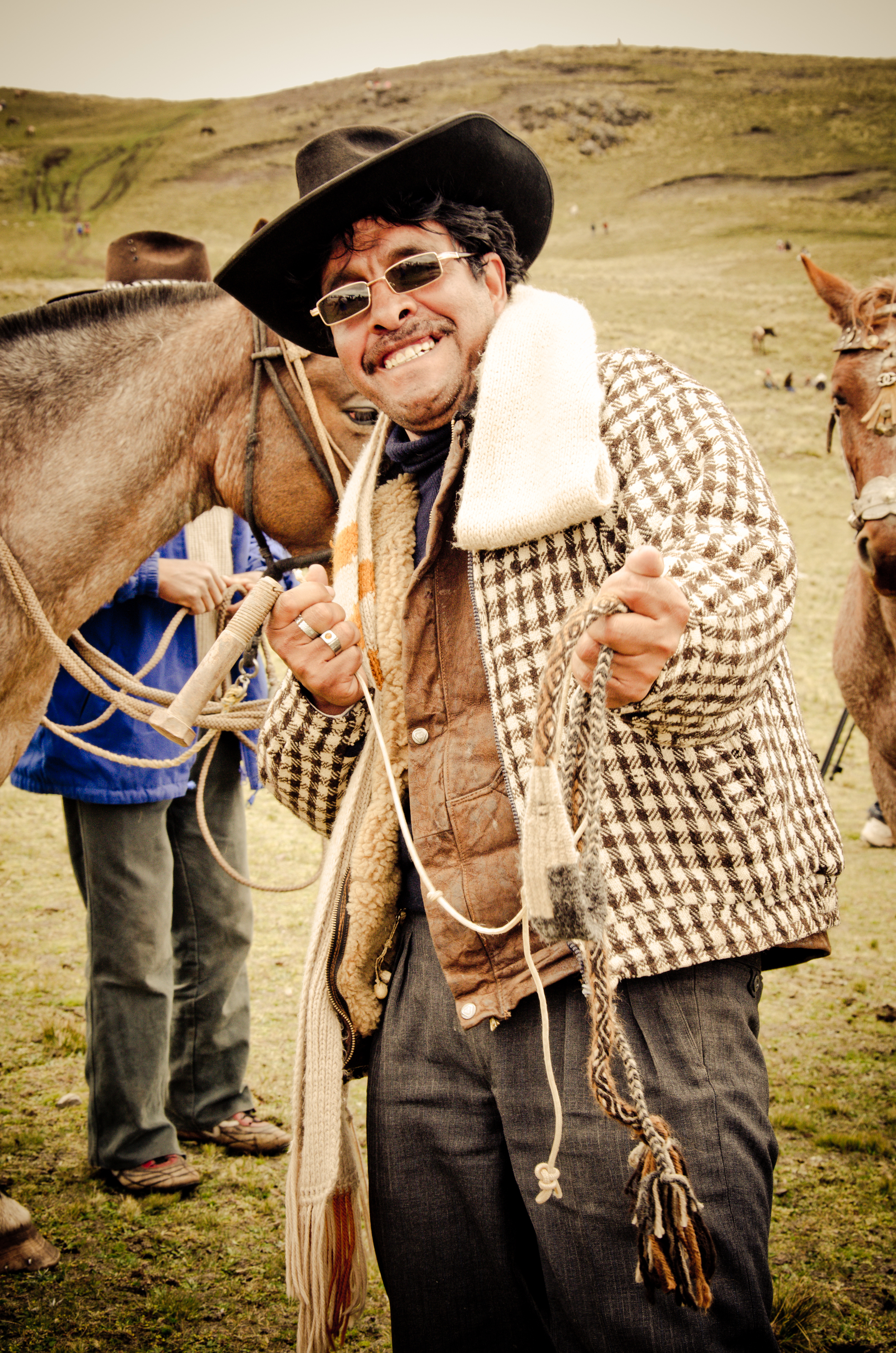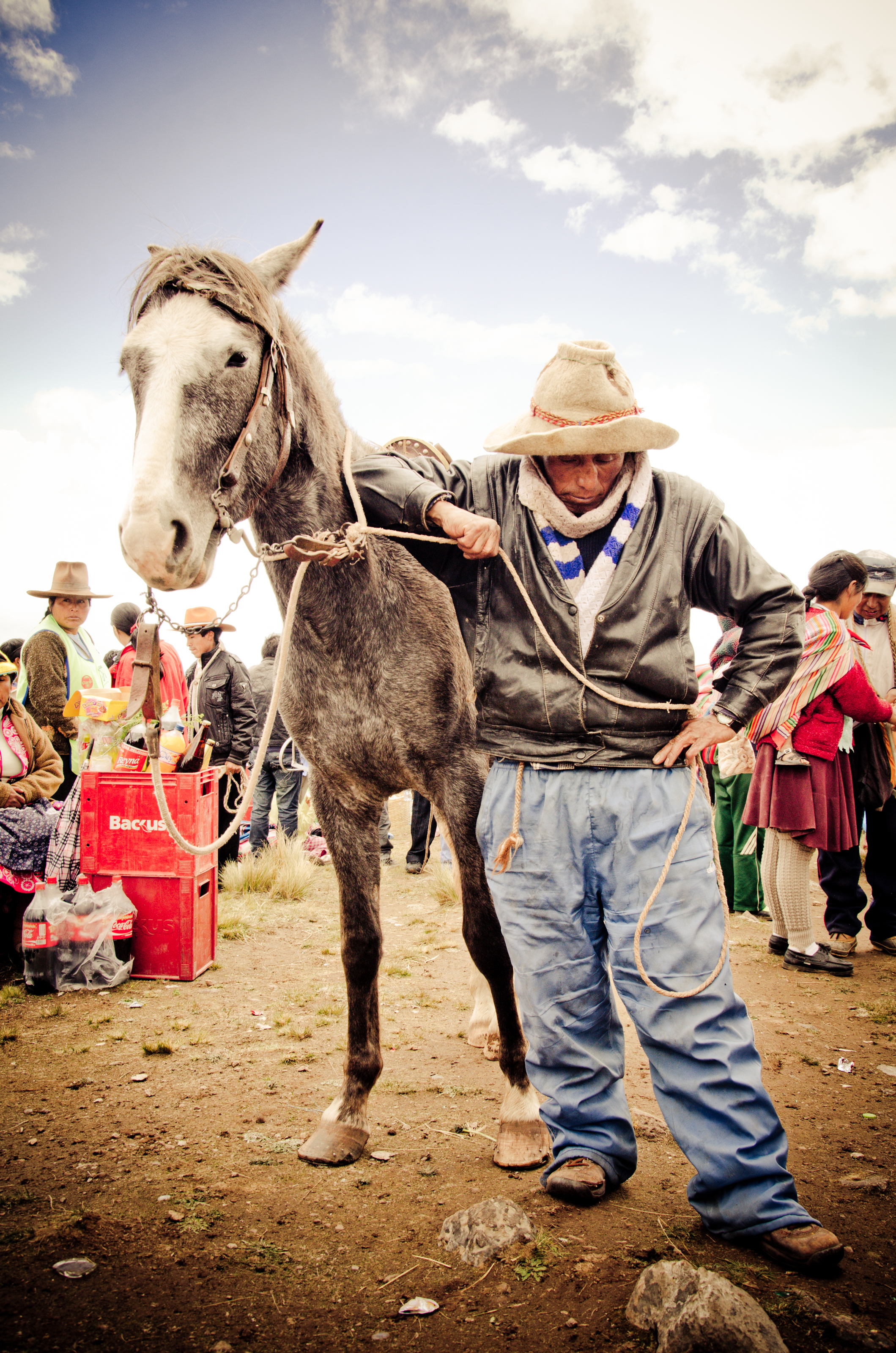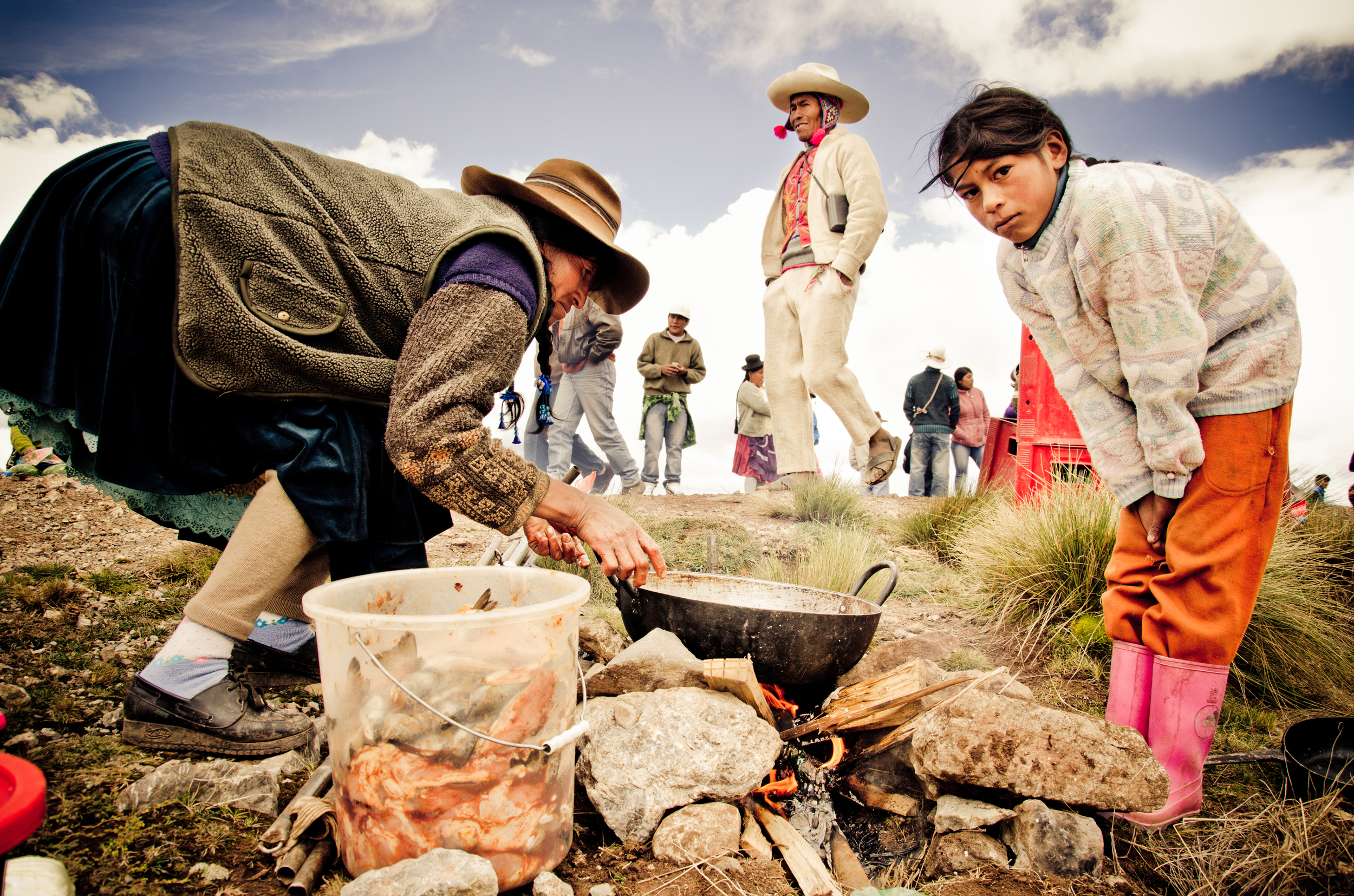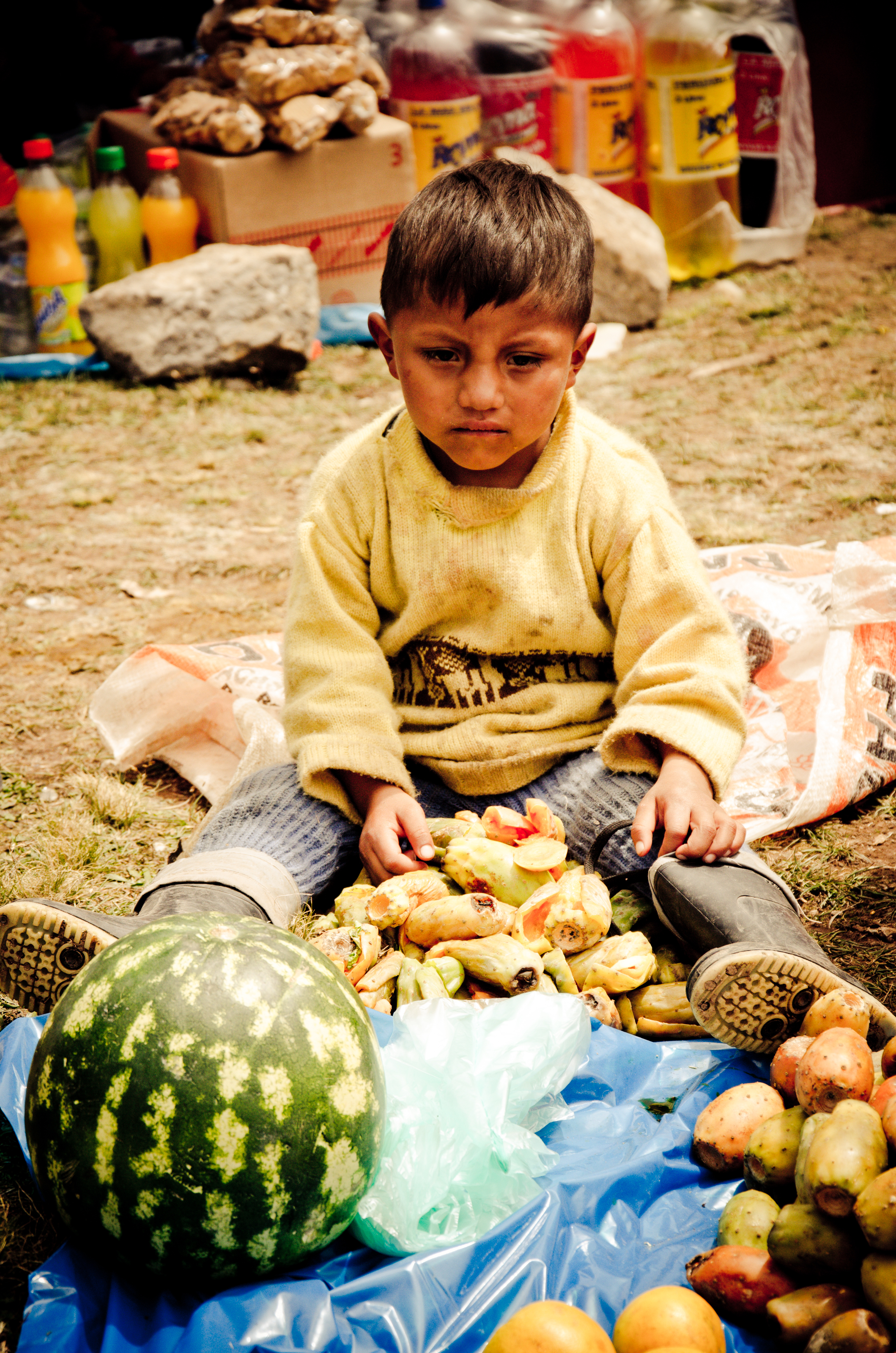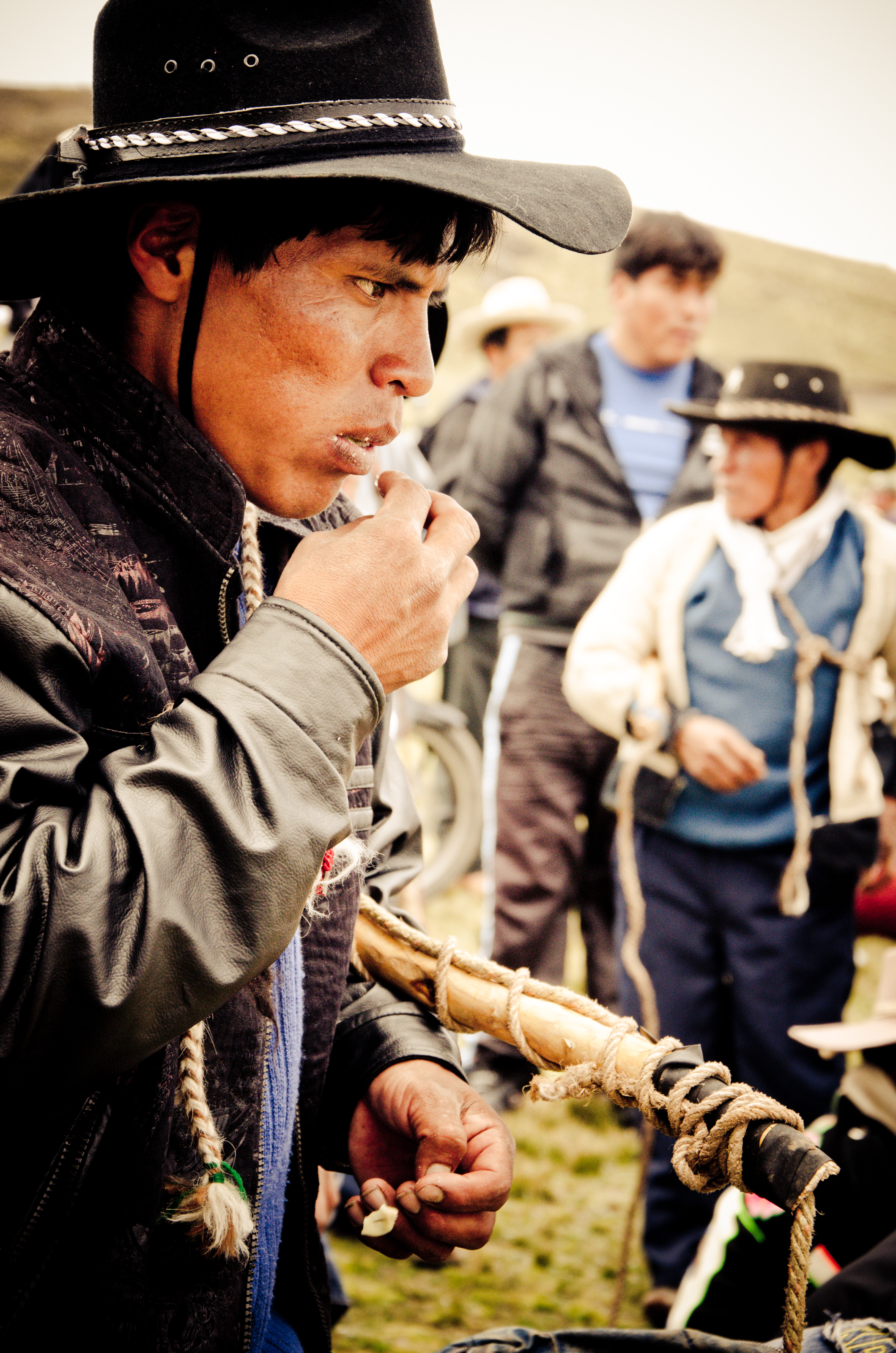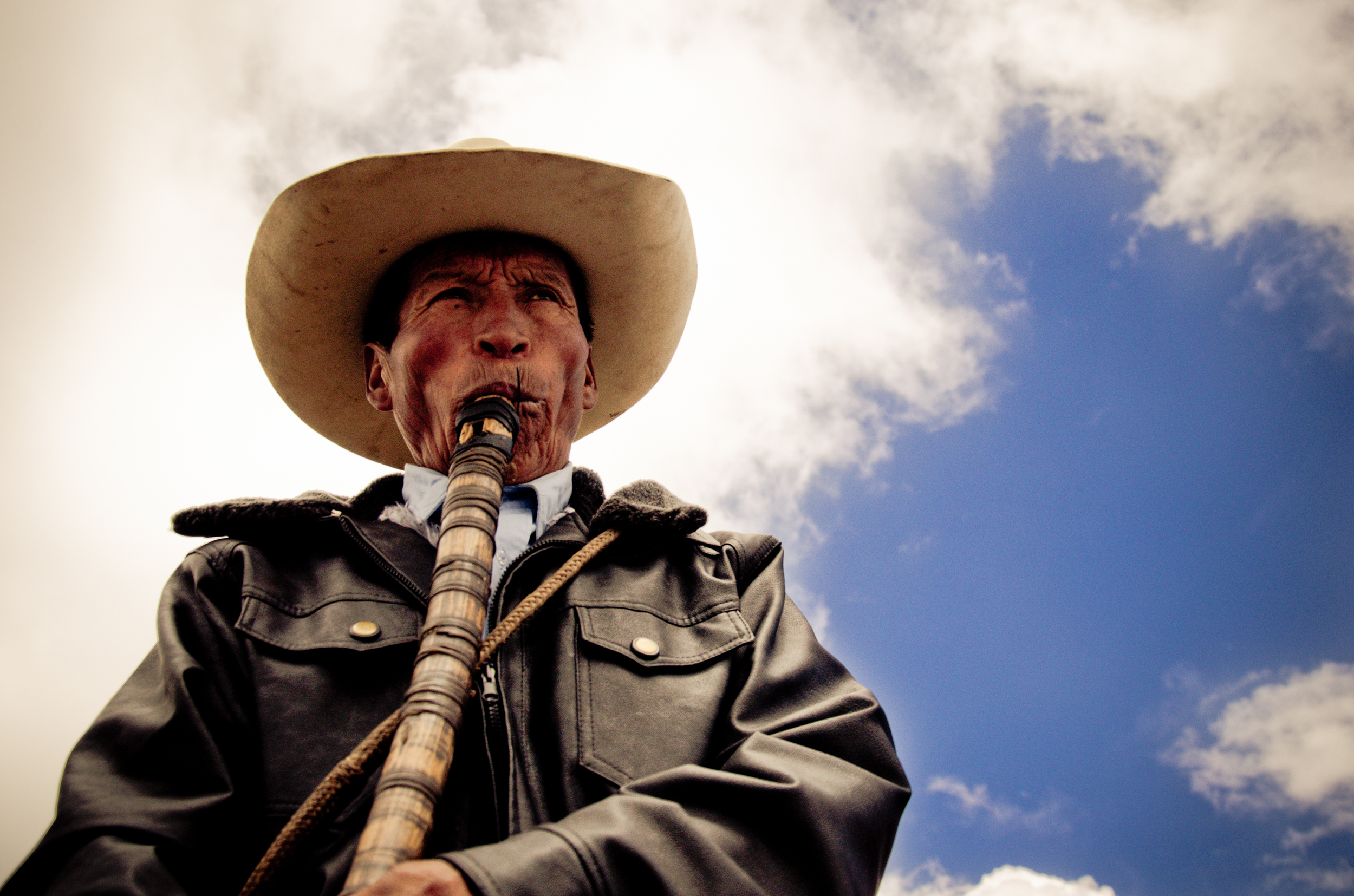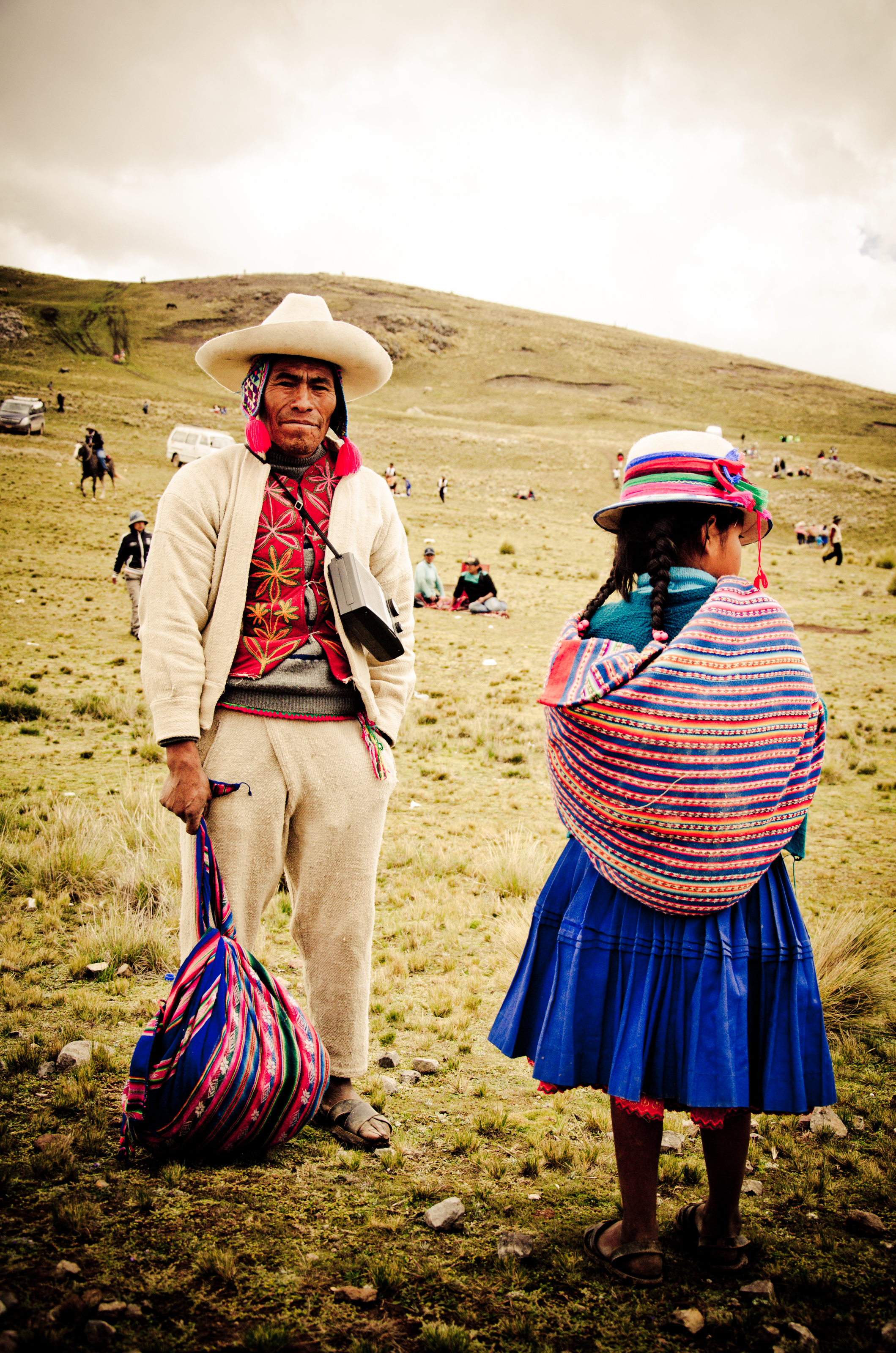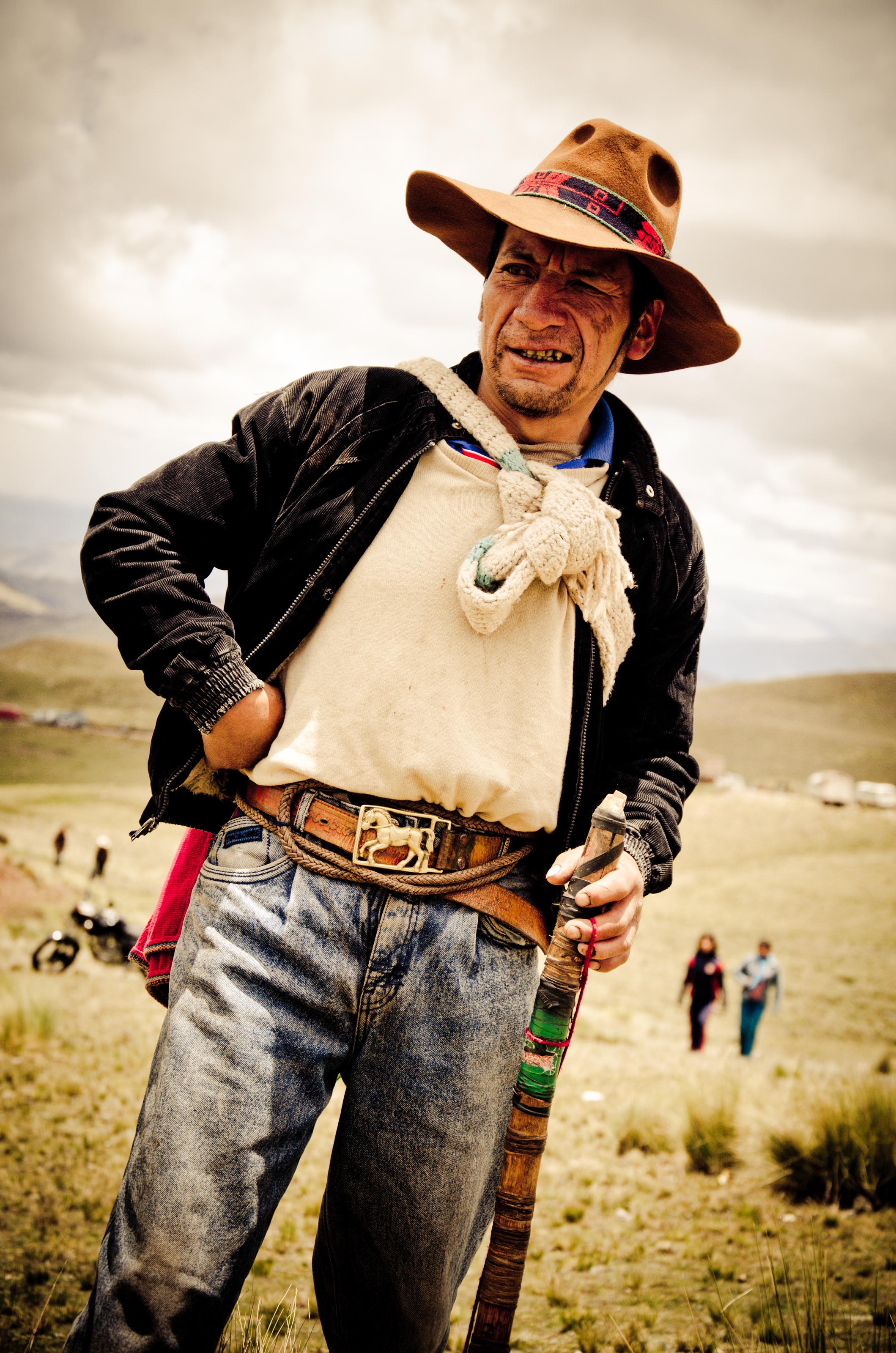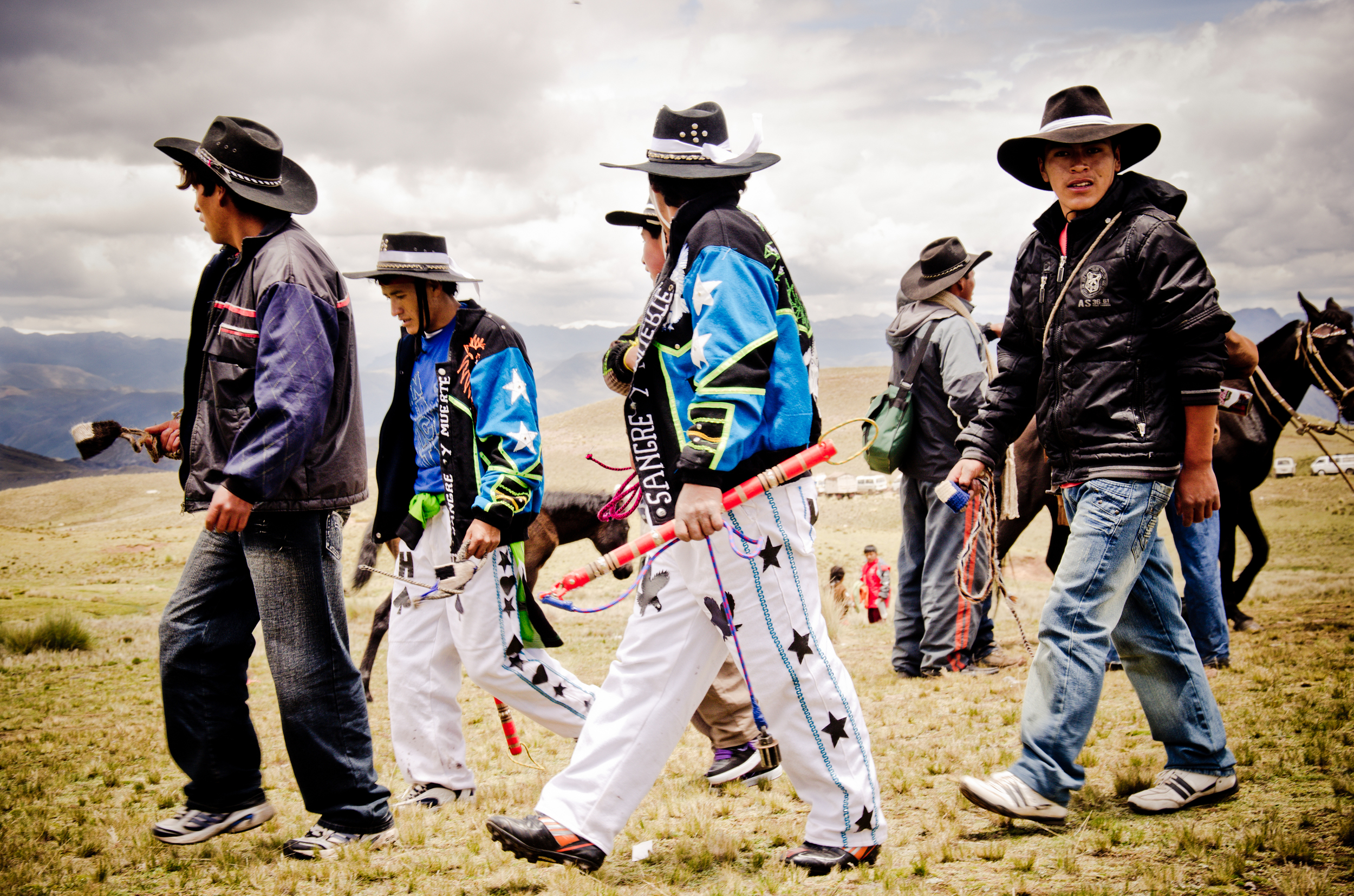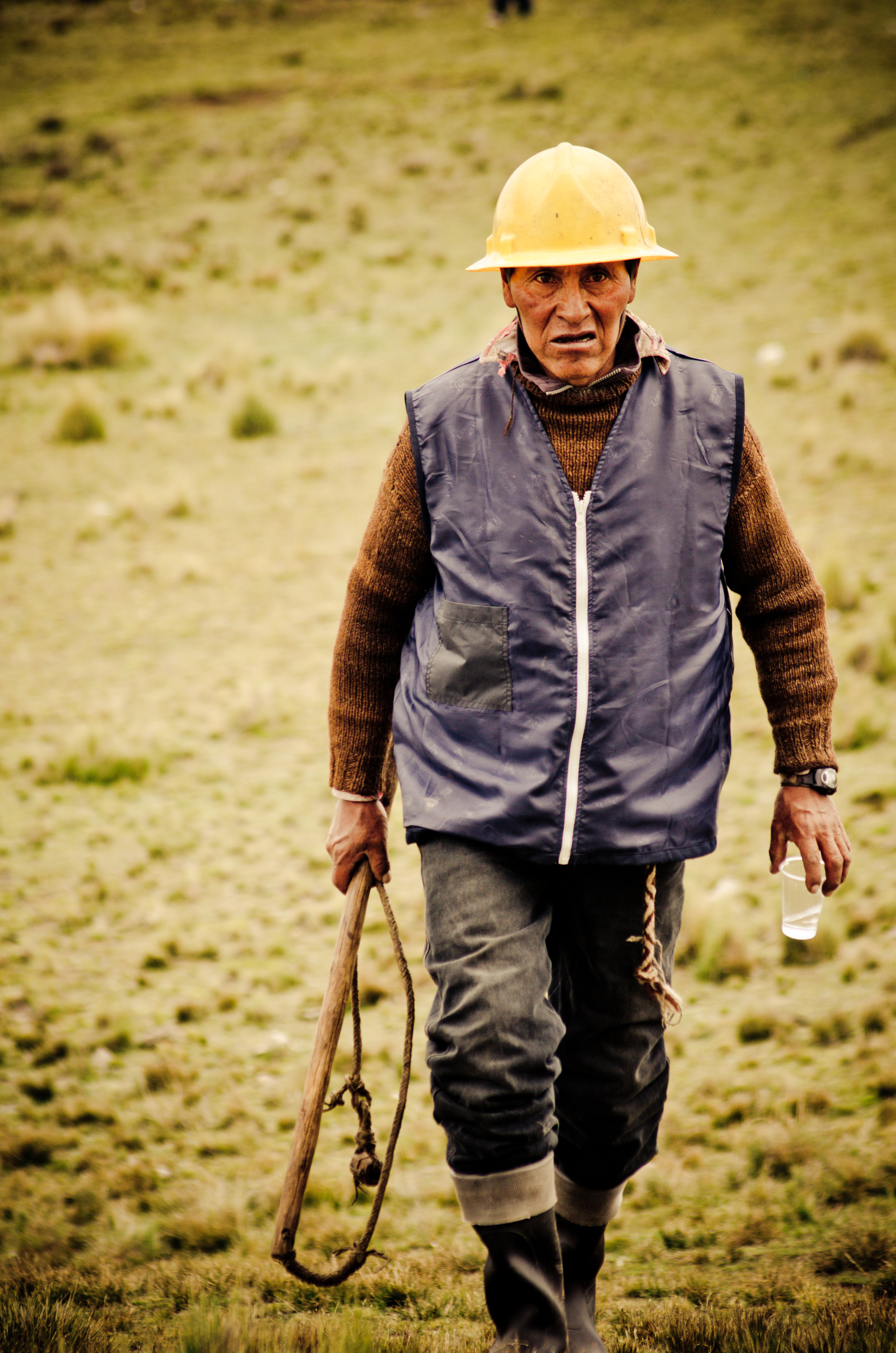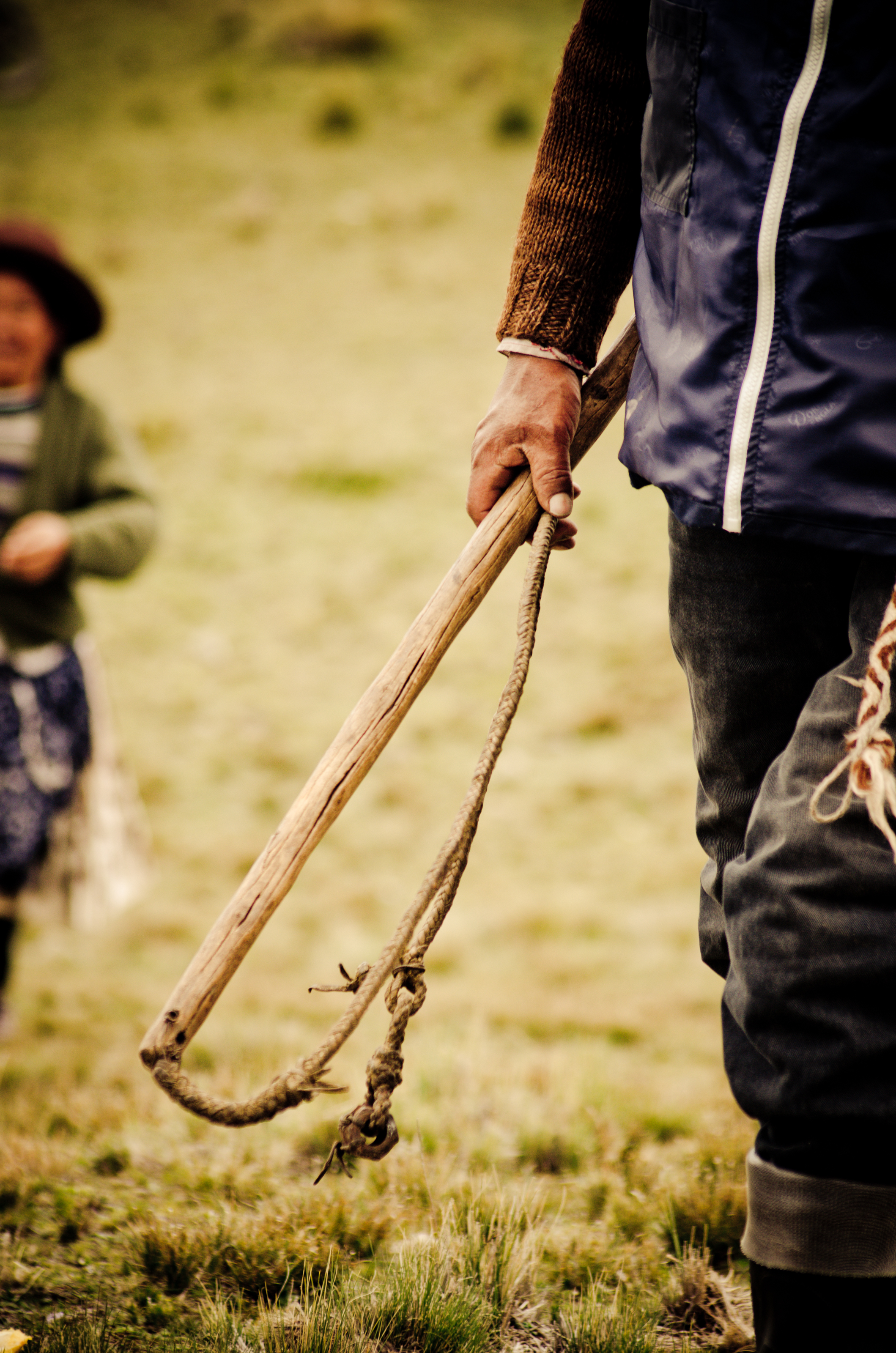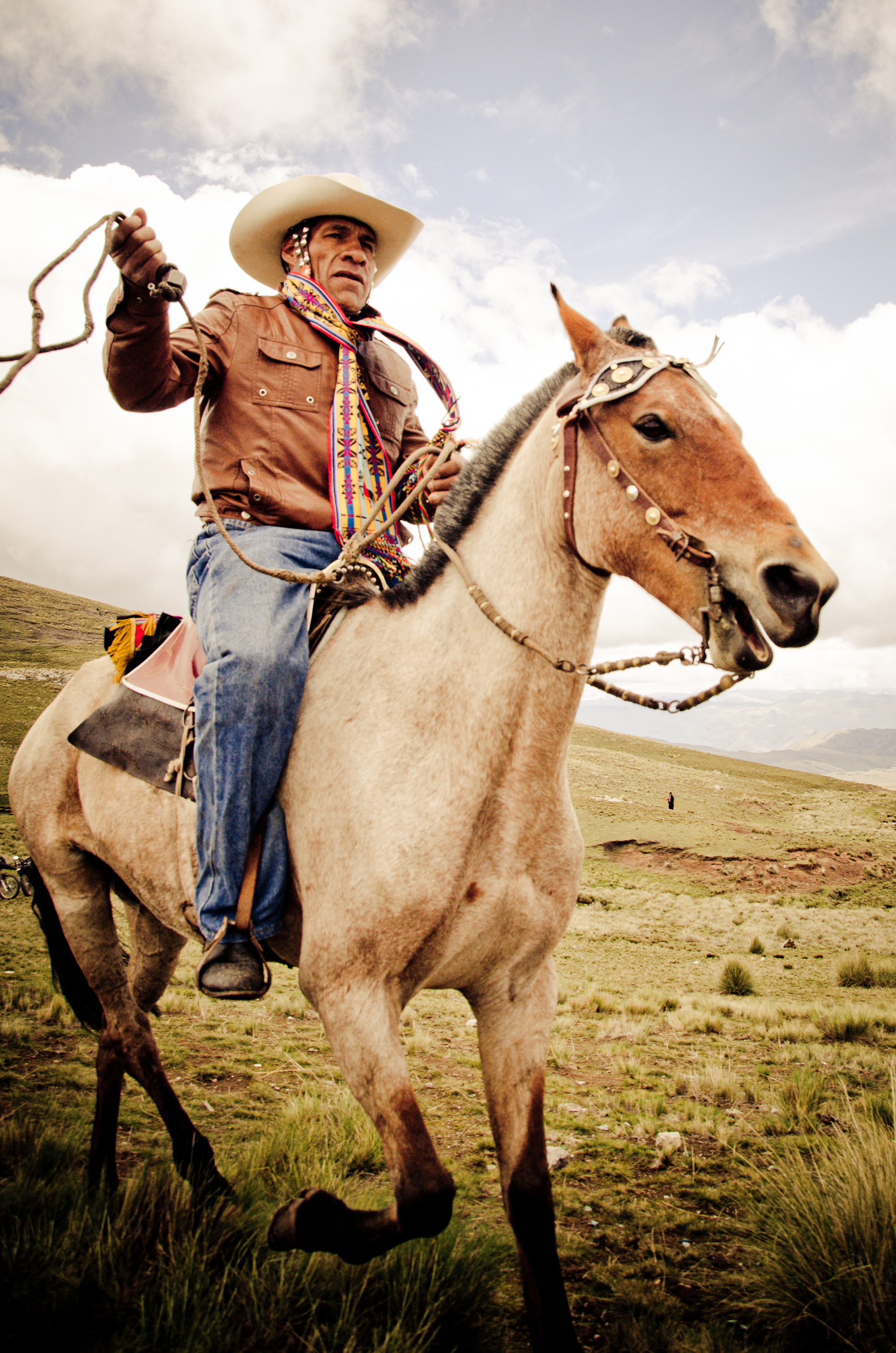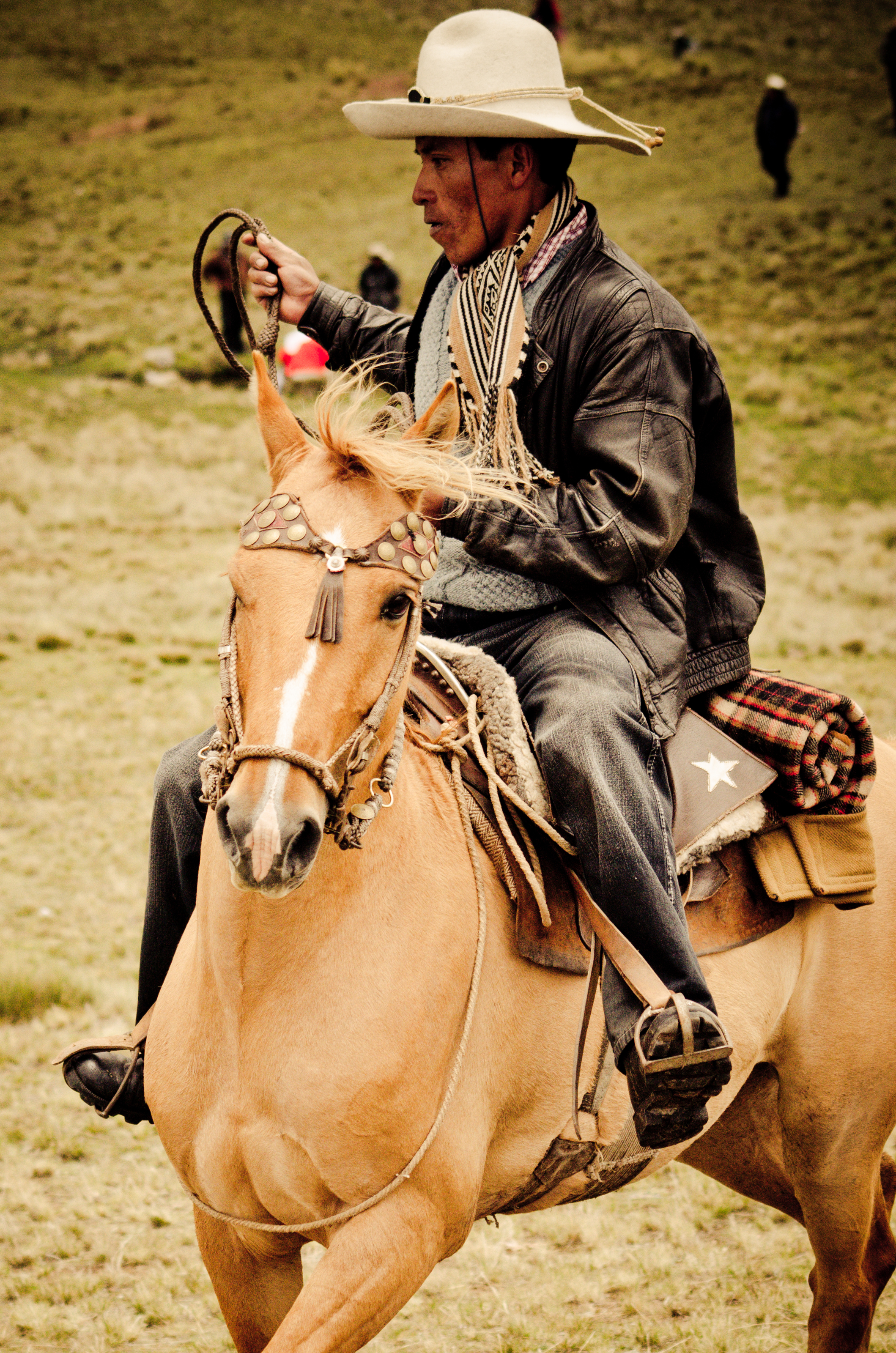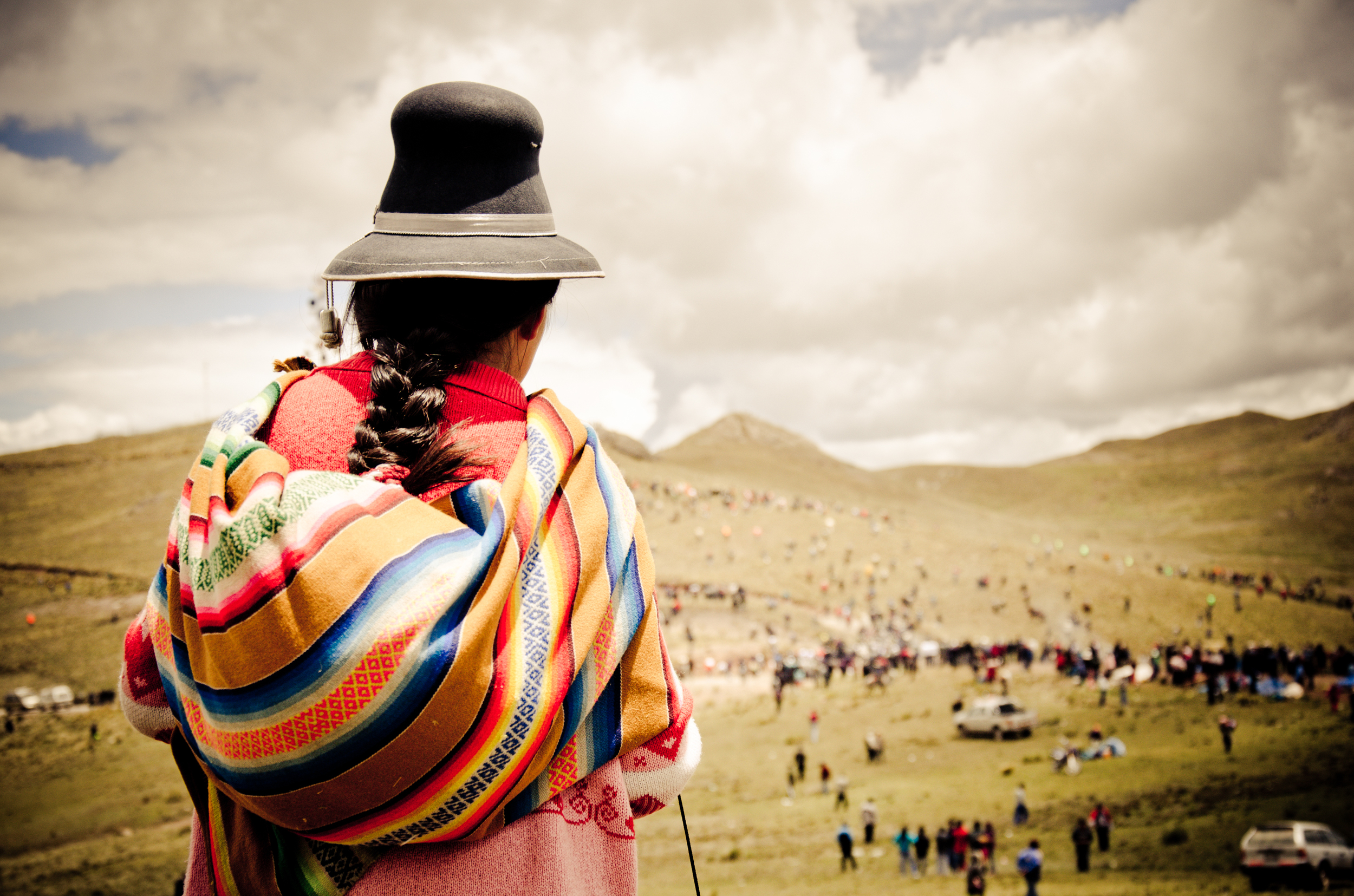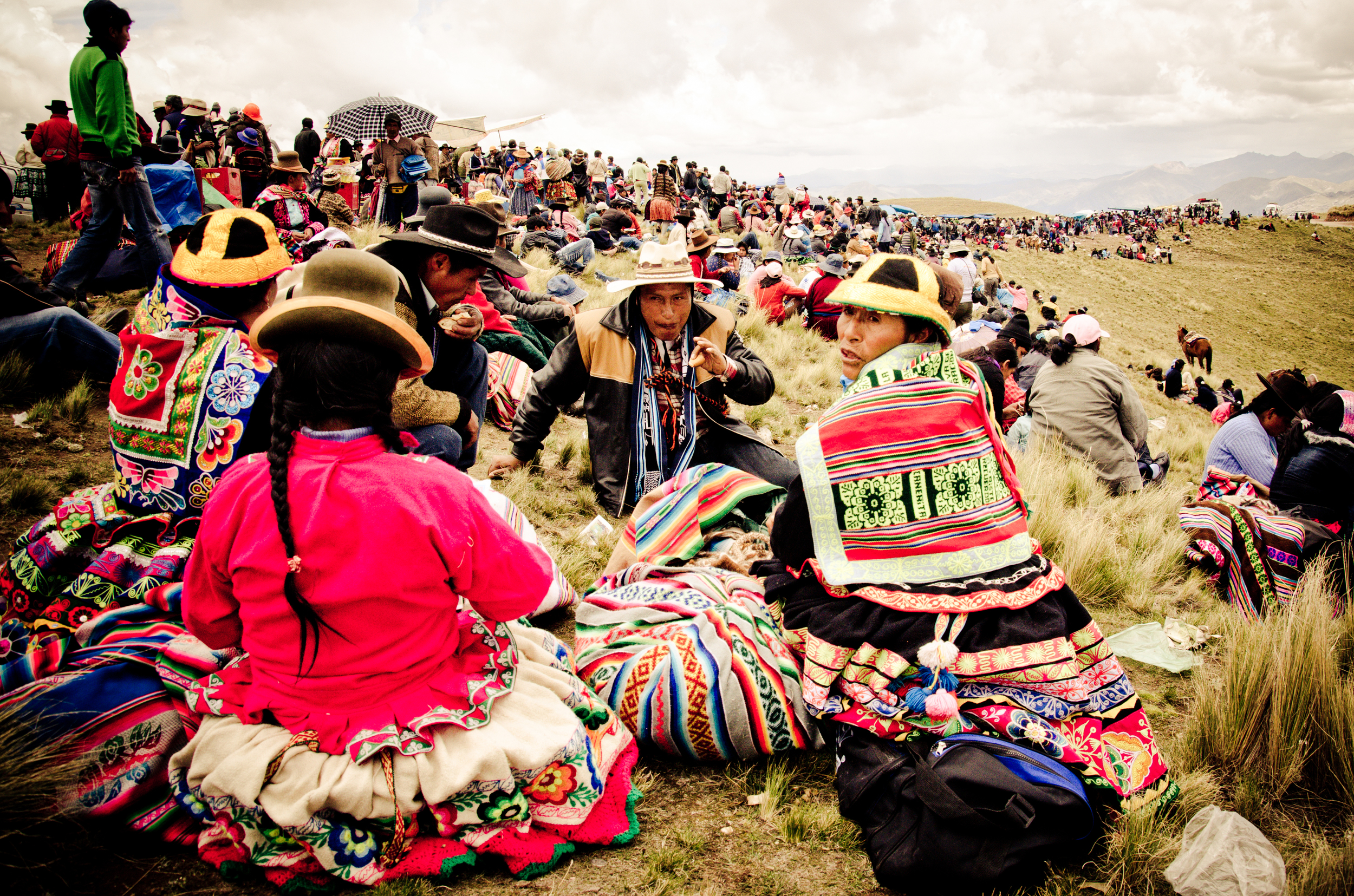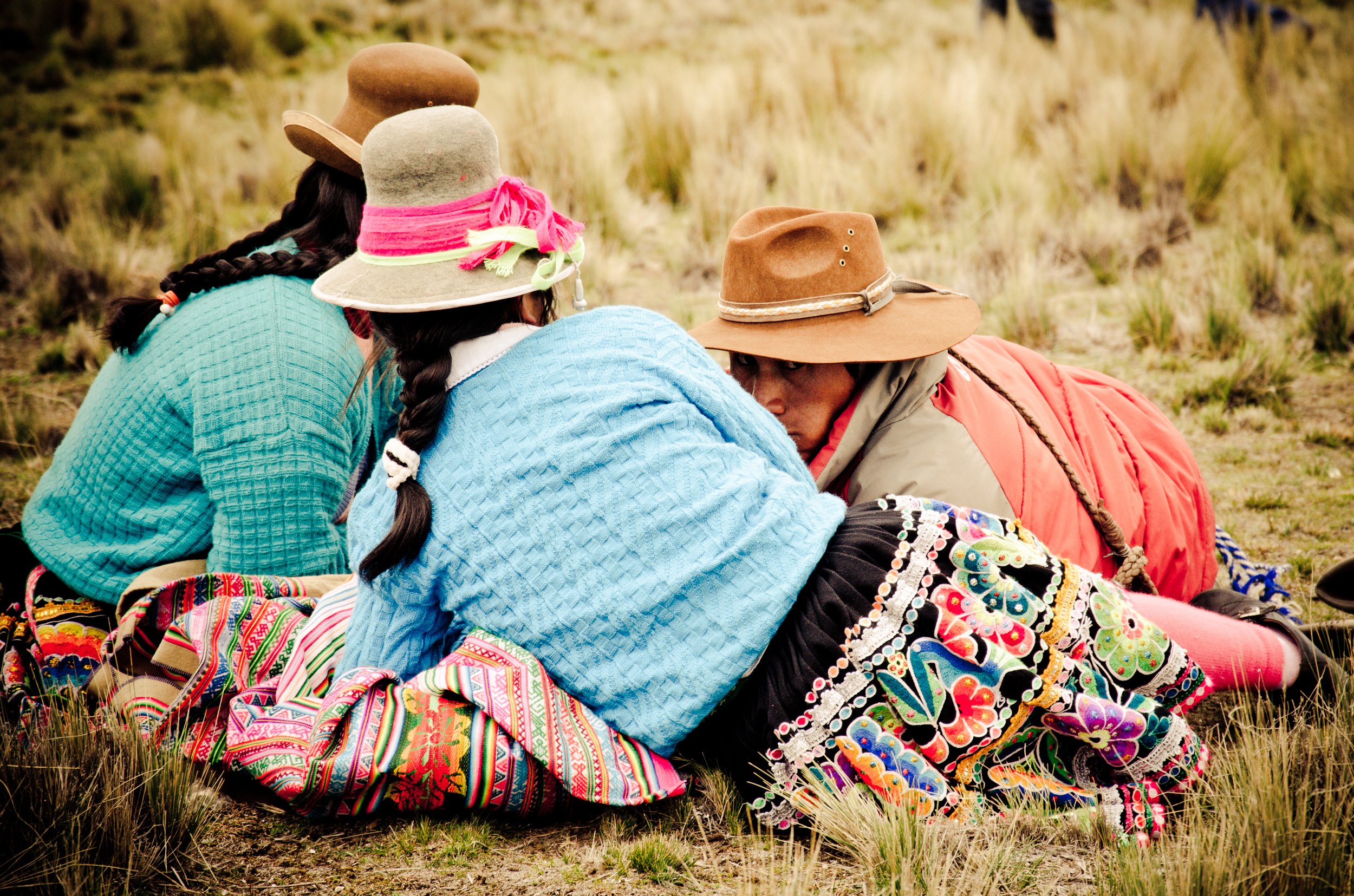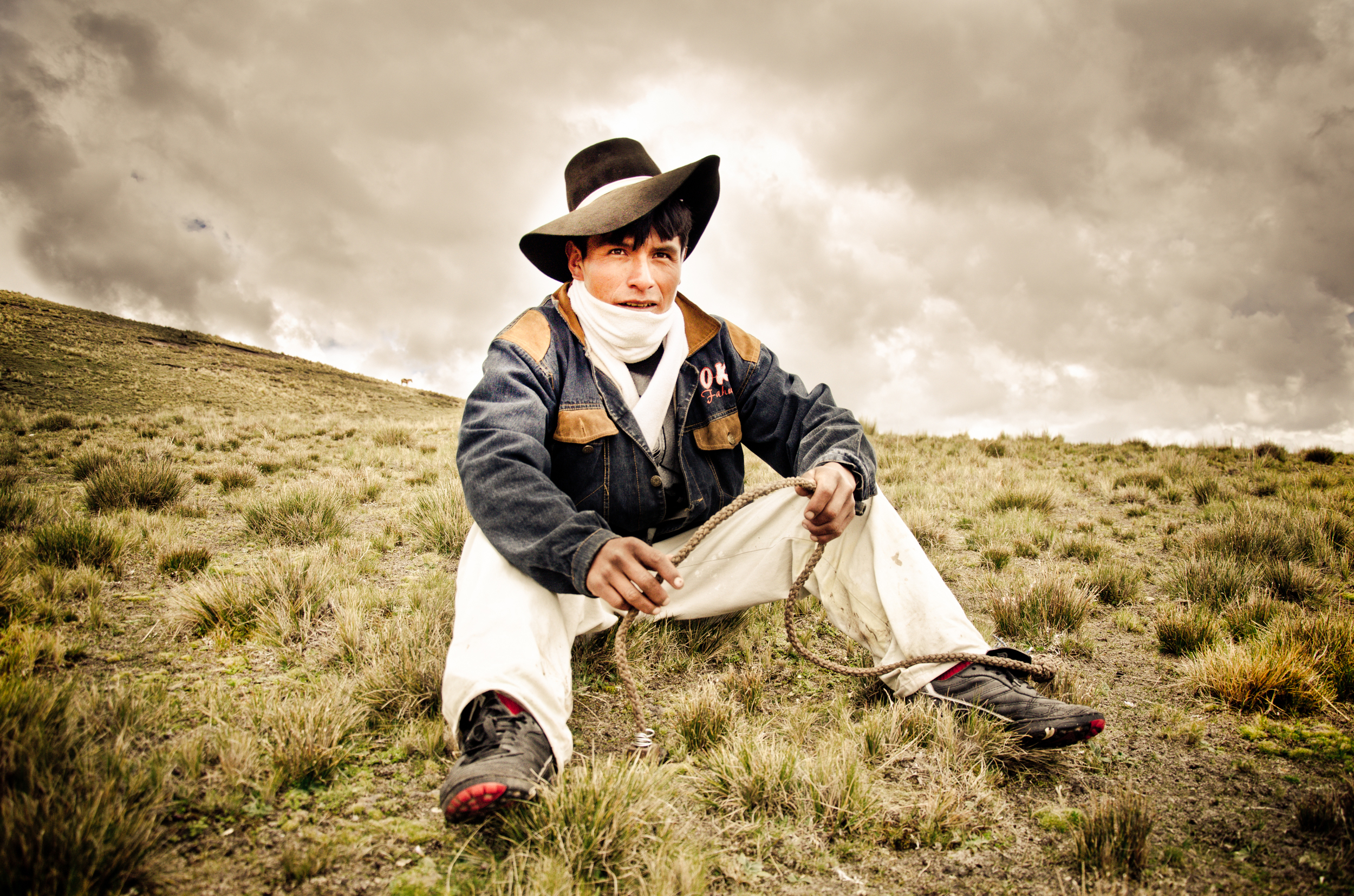Blood into the Earth
"That mountain asks for a lot of blood”, explains our tour guide. She’s pointing at Huayna Picchu, the famous double peaked mountain behind Machu Picchu. From the bottom we can see the thin path that winds to the top, often with no ropes or barriers, and sheer faced drops along the side. Visitors sign a disclaimer before embarking on the climb. There are accidents every year.
4,000 meters high in the Chiaraje valley in the District of Quehue, Peru, a ritual battle takes place on the 20th of January of every year. Local indigenous communities battle for the fertility of the land and in honor of Tupac Amaru II, leader of who used the valley as training ground for the indigenous uprising against Spain in 1780.
Men congregate in organized formations at the top of three hills. First the front line, then sling shooters and finally the horsemen. They wear traditional clothing, which takes months to prepare, and armed with hand-woven lama wool slingshots, whips and other weapons, mount on their horses and charge down the hill towards the violent battle.
The assault is real and so are the whips, chains and stones. Local communities believe that any blood spilled will improve the fertility of the land and that the winner will have a prosperous harvest that year. Death loses its dark veil and acquires a magical and spiritual aura. Deaths are not grieved and are considered an offer to the Pachamama, the Andean avatar of the mother earth.
Peruvian government and police abstain from taking responsibility or interfering with the ritual since the communities have expressed that this is part of their system of beliefs and traditions and government does not have the right to intrude. However, the controversy over the violence and deaths continues as modern sections of society consider these practices archaic and barbaric.
